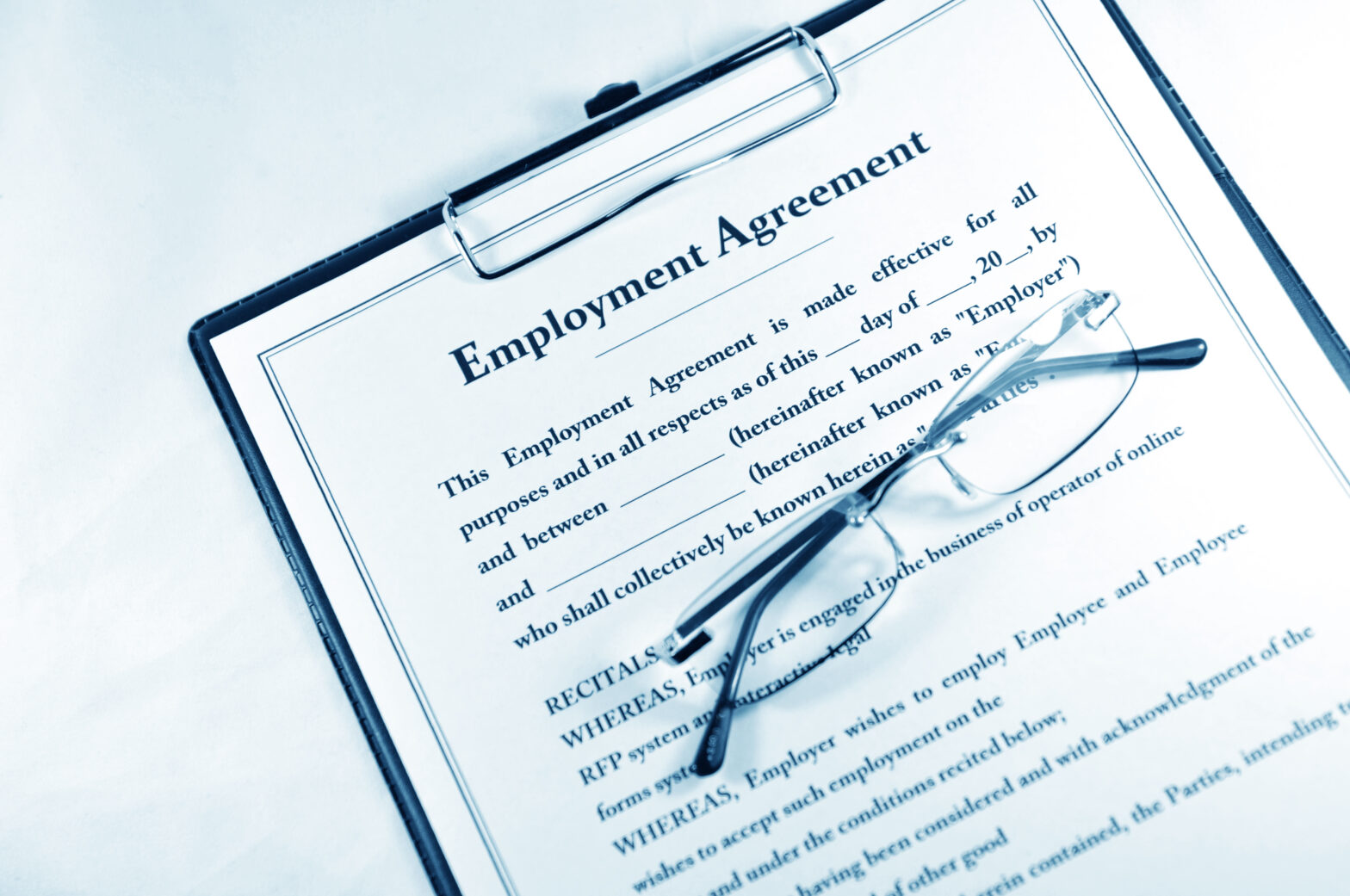According to the American Institute of Stress, around 33 per cent of people experience extreme stress in their lives. Economic turmoil, political unrest and relationship troubles are all huge factors driving these high levels of stress, but it’s hard to overlook the negative impact that workplace employment can have on people’s mental wellbeing.
A whopping 80 per cent of employees report feeling stressed on the job, and nearly half say they need assistance learning how to manage stress. Furthermore, 63 per cent of US workers are willing to quit their jobs to alleviate work-related stress, which should be an alarming statistic for business owners.
The employee burnout epidemic
Mayo Clinic describes employee burnout as “a special type of work-related stress — a state of physical or emotional exhaustion that also involves a sense of reduced accomplishment and loss of personal identity.”
While this may seem an extreme form of stress experienced by a small fraction of the population, an Indeed survey discovered that employee burnout is significantly more prevalent than you might expect, with over 52 percent of respondents self-reporting symptoms of this condition. Not only is this bad news for workers, but a burnt-out workforce causes a slew of problems for organisations, including decreased productivity, disengagement and reduced employee retention rates.
Additionally, 36 per cent of employees believe their firms are not doing enough to address occupational stress, leaving them unsatisfied and perhaps endangering their health. With this in mind, we’ve compiled a list of four quick suggestions that companies can use to help reduce employee stress and create a happier, healthier and more productive workplace.
Promote a healthy work-life balance
Unfortunately, our society has gotten to a point where it praises workaholics and condemns those who enjoy leisure. We look to ultra-successful billionaires who claim to only sleep four hours per night and wake up at 3am as the standard that we should all strive for. That is simply unattainable for the vast majority of us. Moreover, many employers are guilty of leaning into these unrealistic expectations, putting unnecessary pressure on their workforce.
If you are a business owner or manager, you should look for ways to promote a healthier work-life balance for your employees. Of course, this will mean different things to different people. Still, the goal is to create an environment where workers can juggle their home and work responsibilities without coming under intense pressure.
One simple method to accomplish this is to encourage employees to make use of their vacation time. According to the US Travel Association’s Project Time Off, 52 per cent of US workers fail to use all of their paid holidays, thanks to a heavy workload, a lack of work coverage or a fear of being regarded as replaceable.
Factor in more breaks
Following the last point, you can’t expect employees to remain productive around the clock without factoring in plenty of breaks. Unfortunately, many employers make the mistake of only allocating one or two breaks throughout the day, and they usually only offer the obligatory minimum (and this is often unpaid).
Instead of this archaic mindset, consider planning productive breaks during the day, which can be a fantastic way to decrease stress and boost team collaboration and engagement. If you’re looking for ideas, you can organise a workplace activity, such as a table tennis tournament or team ice-breaker, or you could even play a board game together, such as Scrabble.
(Psst. If you want a helping hand, you can use unscrambled-words.com to help find new words, so you can get the bragging rights over your colleagues. Don’t forget, just because these breaks are meant to de-stress doesn’t mean you cannot get competitive).
Offer remote working arrangements
Since the pandemic, remote working has become the norm across many industries. With millions of people being locked inside their homes, employers had to look for new ways to maintain their operations without having workers physically sit at their desks. For the most part, this seemed to be quite the success, with many business owners deciding to adopt a fully remote workforce to cut costs.
From the employee’s perspective, remote working has been shown to reduce stress and improve productivity as there are fewer distractions, and they are able to arrange their workload around their other commitments.
Ensure job roles are clearly defined
One of the main drivers of workplace burnout is when individuals face uncertainty in their job roles. Whether due to poor communication, mismanagement or simply a chaotic workplace environment, it is common for employees to feel confused about their responsibilities at work, causing unnecessary pressure and anxiety. Furthermore, if employees think they are unable to seek assistance or admit to not grasping their jobs correctly, it creates an even more stressful situation, especially if you discipline them harshly for poor performance.
Therefore, it is imperative that you do your best to minimise role ambiguity within your organisation. To do this, define clear objectives for all employees, so they know exactly what is expected of them at all times. Moreover, you must strive to create a two-way communication channel, so workers can express any concerns or queries.
In summary
Burnout is not only unpleasant for your staff, but it also reduces workplace productivity. Furthermore, if your employees remain discontent, it is probable that they will leave your firm, creating serious challenges for your organisation. In light of this, it is your obligation as an employer to help decrease the chance of employee burnout wherever possible by assisting employees in fostering a better sense of work-life balance and establishing a more relaxed work atmosphere.
Read more
How to avoid burnout running your small business – Research show that more time spent recharging your batteries actually makes you a better leader
Ten Top Tips to Manage Stress – Get a head start on assessing and handling stress levels by following these top tips





